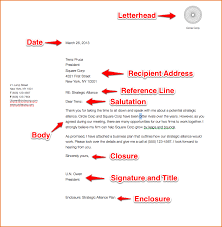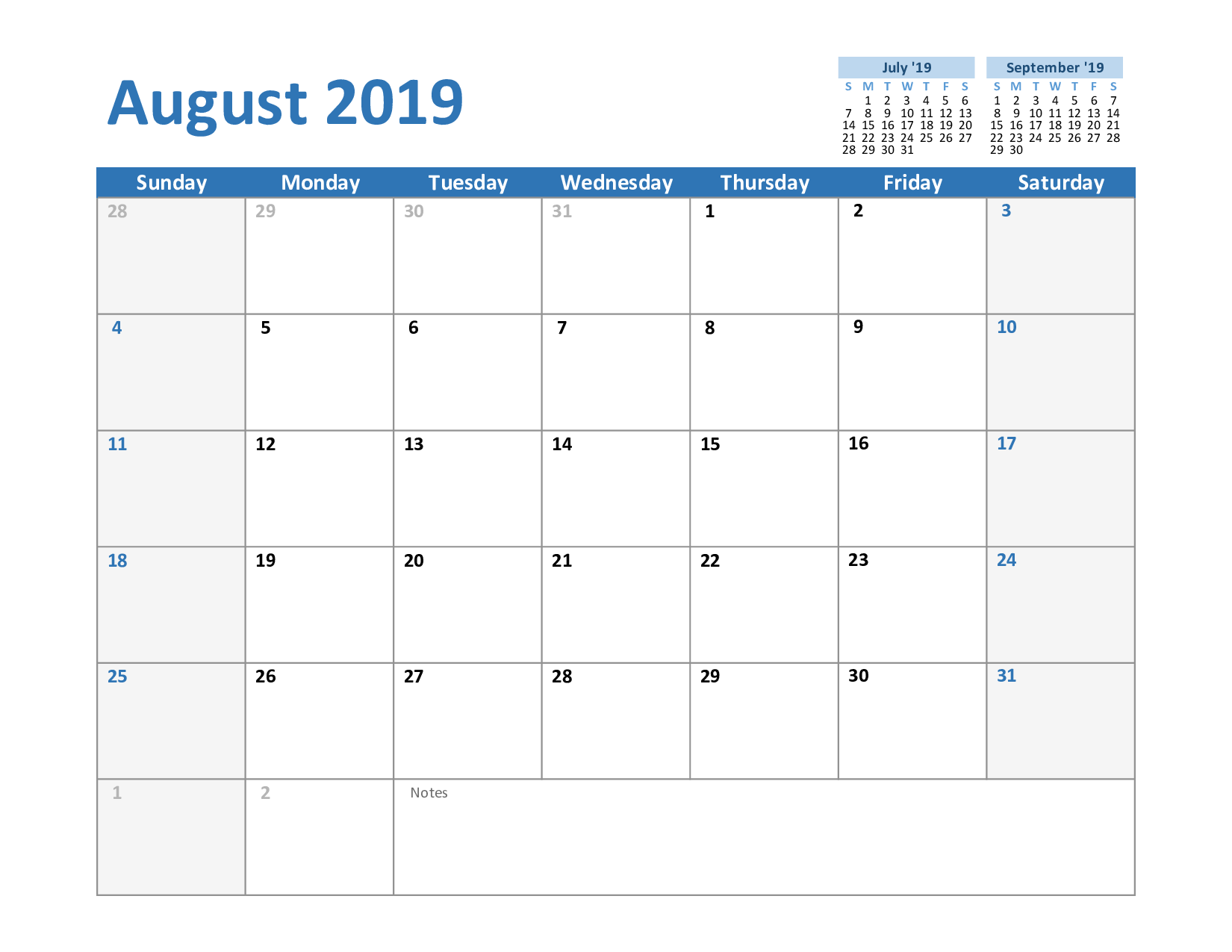Another widely utilized format is known as modified block format. In this type, the body of the letter and the sender’s and recipient’s addresses are left justified and single-spaced. However, for the date and closing, tab to the center point and begin to type.

Different Uses of Business Letter
The final, and least used, style is semi-block. It is much like the modified block style except that each paragraph is indented instead of left justified. Keep in mind that different organizations have different format requirements for their professional communication. While the Business Letter Example provided by the OWL contain common elements for the basic business letter (genre expectations), the format of your business letter may need to be flexible to reflect variables like letterheads and templates. Our examples are merely guides.
How to write Business Letter
If your computer is equipped with Microsoft Office 2000, the Letter Wizard can be used to take much of the guesswork out of formatting business letters. To access the Letter Wizard, click on the Tools menu and then choose Letter Wizard. The Wizard will present the three styles mentioned here and input the date, sender address and recipient address into the selected format. Letter Wizard should only be used if you have a basic understand of how to write a business letter. Its templates are not applicable in every setting. Therefore, you should consult a business writing handbook if you have any questions or doubt the accuracy of the Letter Wizard.
Formating Tricks of Business Letter
Another important factor in the readability of a letter is the font. The generally accepted font is Times New Roman, size 12, although other fonts such as Arial may be used. When choosing a font, always consider your audience. If you are writing to a conservative company, you may want to use Times New Roman. However, if you are writing to a more liberal company, you have a little more freedom when choosing fonts. Punctuation after the salutation and closing – use a colon (:) after the salutation (never a comma) and a comma (,) after the closing. In some circumstances, you may also use a less common format, known as open punctuation. For this style, punctuation is excluded after the salutation and the closing.
Business Letter Drafting
Ah, business letter format-there are block formats, and indented formats, and modified block formats . . . and who knows what others. To simplify matters, we’re demonstrating the block format on this page, one of the two most common formats. For authoritative advice about all the variations, we highly recommend The Gregg Reference Manual, 9th ed. (New York: McGraw-Hill, 2001), a great reference tool for workplace communications. There seems to be no consensus about such fine points as whether to skip a line after your return address and before the date: some guidelines suggest that you do; others do not. Let’s hope that your business letter succeeds no matter which choice you make!
Effects of Business Letter
When you use the block form to write a business letter, all the information is typed flush left, with one-inch margins all around. First provide your own address, then skip a line and provide the date, then skip one more line and provide the inside address of the party to whom the letter is addressed. formal letter format If you are using letterhead that already provides your address, do not retype that information; just begin with the date. For formal letters, avoid abbreviations where possible.
Skip another line before the salutation, which should be followed by a colon. Then write the body of your letter as illustrated here, with no indentation at the beginnings of paragraphs. Skip lines between paragraphs.

